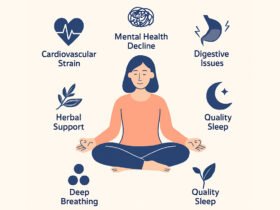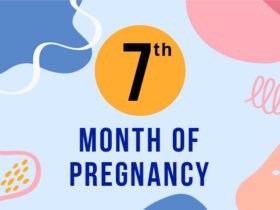very cell in your body has a little clock ticking away in it, researchers reported on Sunday. And while most of you is aging during a coordinated way, odd anomalies that have the researchers curious: Your heart could also be “younger” than the remainder of your tissues, and a woman’s breasts are older.
Tumors are the oldest of all, a finding reported within the journal Genome Biology which may help scientists better understand cancer, explain why carcinoma is so common and help researchers find better ways to prevent it.
Less surprising, but intriguing: embryonic stem cells, the body’s master cells, look a bit like newborns with a biological age of zero.
The new measurements could be useful within the look for drugs or other treatments which will turn back the clock in aging tissue and maybe treating or preventing diseases of aging, like heart condition and cancer, says Steve Horvath, a professor of genetics at the David Geffen School of drugs at UCLA.
“The big question is whether or not the mechanism controls a process that results in aging,” Horvath said.
Horvath looked at a genetic process called methylation. It’s a sort of reaction that activates or off stretches of DNA. All cells have the whole arrangement inside; methylation helps determine which bits of the map the cells use to perform specific functions.
He found a pattern of specific methylation events that would be related to cellular aging. “Methylation levels either increase with age or they decrease with age,” He says. “I identified 353 of those markers that are located on our DNA. I managed to aggregate their information in order that they reach a really accurate clock.”
He’s unsure what each methylation marker does on its own.
“It’s really the mixture that’s making the difference,” Horvath said during a interview . “The whole is quite the sum of its parts.”
He checked out blood and tissue samples from many people, from unborn babies to someone 101 years old. He checked out tumors from people with 20 differing types of cancer, samples of non-cancerous tissue from an equivalent patients and perfectly healthy people.
On average, tumors were 36 years older than the remainder of the body, a finding that supports the thought that cancer may be a disease during which the mechanism runs amok.
Surprisingly, most people’s hearts look younger than the remainder of their bodies, the researchers found. ”That looked one average nine years younger,” Horvath says. “It’s really striking. I don’t know why, but it looks younger.”
And some cells looked older. “The tissue that looked oldest was female breast tissue,” Horvath says. Normal, healthy female breast tissue looked about two to 3 years older on the average . Non-cancerous tissue taken from carcinoma patients – samples from right next to a tumor – looked about 12 years older.
Horvath believes the findings suggest there could also be ways to reverse the aging of tissue that results in disease. There’s a way that scientists make embryonic-like stem cells from ordinary cells. These new stem cells are called induced pluripotent stem cells, and that they are genetically altered to seem just like the baby cells that are created soon after conception.
Even though they’re made using old cells, Horvath says that, measured using his process, they appear like they’ve truly been converted back to brand-new cells.
Biological clock finding gives ‘young at heart’ new meaning

What’s your reaction?
Love0
Sad0
Happy0
Sleepy0
Angry0
Dead0
Wink0













Leave a Reply